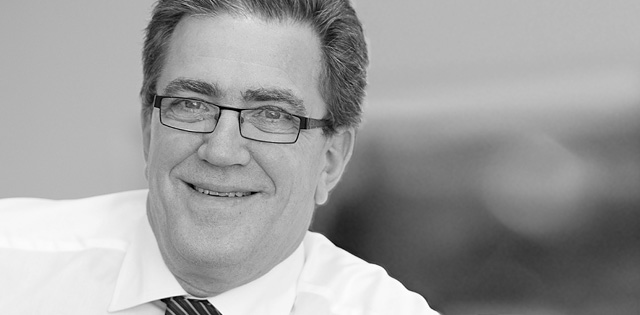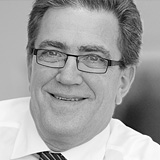
How clean is your house?
Just because something looks clean, doesn’t necessarily mean that it is. ATP measurement, a technology used in the food sector, now enables quick and easy measurement of the breeding-ground for bacteria. Coor’s cleaning expert Lars-Olov Hedman explains how it works.
A word from our specialist
What does ATP technology mean?
ATP is present in all cells, and in this case, is a measure of organic dirt. A high ATP value indicates a breeding-ground for bacteria. For example, unwashed hands typically have a value of around 900, and for processing food, the value should be below 15. ATP measurements have been used in the food industry for the past 15 years. Sectors such as pharmaceuticals, labs and healthcare are starting to look at the technology now.
How does it work?
ATP values are taken with a disposable swab. You swab the areas to be measured and put it into a reader, which displays the results after 15 seconds. Where we previously used agar contact plate tests, which took three days to culture, and cost about SEK 1,000 each, the new tests cost only SEK 13 each, which enables us to use ATP technology in a completely new way. We can also measure the same area several times a day, then agree a threshold value when cleaning is required. First and foremost, we can check important areas easily, guaranteeing that they are as clean as they should be. This offers the possibility of measuring consistently so that the results are comparable, simultaneous with gaining technical cleaning documentation that we can show to customers.
The result is a surface that looks clean, but isn’t.
What are your experiences from testing this technology?
I’ve tested various combinations to find out which equipment gives the best results on different surfaces, and with different detergents. I like to use blood for these tests, which gives high and clear values, and then measure the ATP value. What’s most surprising is the big differences between products. Some clean to only 47%, and others up to 97%—I didn’t expect the gap to be so wide. This means you might be using exactly the right technique—mop or machine—but you’re using the wrong sort of detergent. The result is a surface that looks clean, but isn’t.
What happens next?
I expect to see a clear market trend of reducing doses, instead using more concentrated products and using different systems to ensure the right dosage. In addition, the range and usage of environmental products is growing.
There will be more combination appliances that don’t use chemicals, cleaning with water only. Machines have a unit that purifies the water, and breaks the surface tension on the surface to be cleaned. De-ionized water as window cleaner is another example—it avoids limescale and other contaminants that leave stripes and marks. This means you could work at heights of up to 18 m without any risk of leaving stripes, and often avoiding renting skylifts to clean windows.
Specialist, Nova, issue 2-12. Service Developer for cleaning, Lars-Olov Hedman
“I was born in a mop bucket.”
Lars-Olov Hedman has worked in cleaning for 40 years, alongside chemists, microbiologists, physicians, behavioral scientists and ergonomists. He is currently working on the NKS Teaching Hospital project, evaluating the standards that will be set in 2017, when deliveries start. The architecture firm has appointed a medical consultant on hygiene issues, who is also the convener of the committee has proposed new recommendations for SIV (‘cleaning in care environments’). Lars-Olov has served as the consultant on cleaning issues for the committee.
Want to find out more?
Please contact Lars-Olov Hedman.

